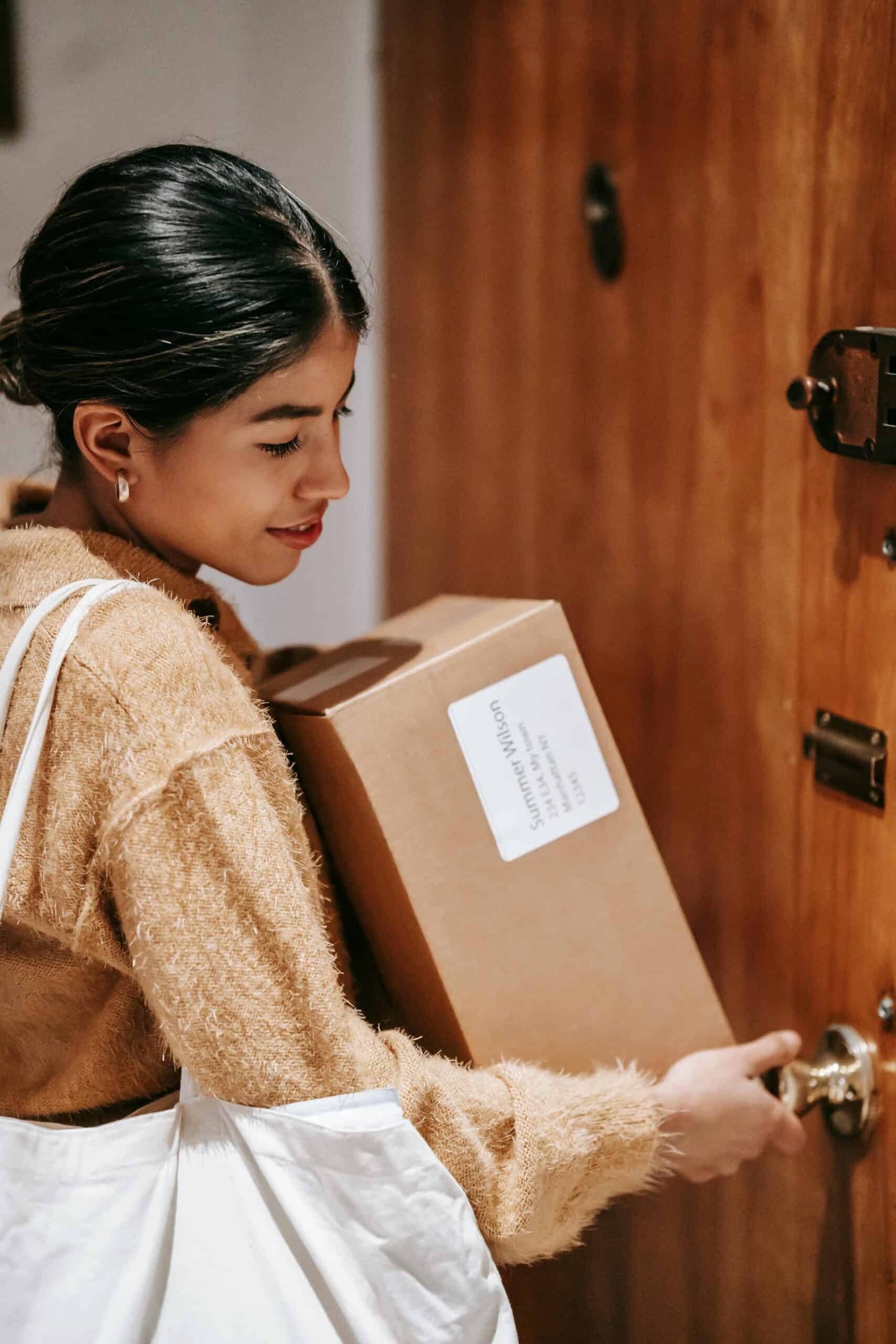Ebby Halliday was lying back in a dental chair. Just before her operation, she had overheard the nurse and her dentist discussing the stock market, and could barely wait to ask for information.
After 7 years of saving every penny she could spare during the Great Depression, Ebby had one thousand dollars tucked away, with dreams of starting her own hat shop. When she barely got her voice back, she asked her dentist for investment advice.
“I don’t advise women.”
“Why?” asked Ebby.
“If they lose, they cry.”
Ebby didn’t skip a beat.
“You try me.”
Soon, Ebby’s savings grew to $12,000. Her hat shop was so successful that a local broker noticed her sales skills and hired her.
“She was the first woman to enter what was a chauvinistic profession in a macho state,” John S. Baen, a professor of real estate at the University of North Texas explains, “and she beat those ol’ boys at their own game.”
In her first year on the job, Ebby sold all her inventory and invented the practice of staging a home for sale. In 2015, Ebby Halliday passed away at 104 years old, leaving behind the largest real estate company in Texas.
Today, women in real estate don’t face the same challenges Ebby Halliday did in the 1940s, but inequality in our industry still lingers. Whether you’re buying or selling homes, women face extra challenges. Learning how to navigate these challenges is key to reaching your financial goals.
Today’s Equality Gaps in Real Estate
For women, homeownership was just a dream, until Mississippi became the first state to allow women to own property in 1839. It wasn’t until 1910 when the National Association of Realtors® (NAR) accepted its first female member, that the industry started to shift. By 1978, women became the majority members of NAR.
Today, over 56% of real estate agents are women. But women currently only make up 30% of the real estate investor base. Let’s look at four surprising statistics below:
- Because of the wage gap, women have access to 18 percent less of the real estate market than men. If women made as much money as their male counterparts, they could buy nearly one-fifth more of the available homes.
- The latest Home Mortgage Disclosure Act (HMDA) data make it clear—women pay more than men for their mortgages in every state in the U.S. except Alaska.
- Women sell their homes for approximately 2 percent less, according to a Yale University study.
- Single men, therefore, earn 1.5% higher returns per year on their home investment relative to single women. The Yale study concludes that this difference adds up to approximately 30% of the overall gender gap in wealth at retirement age.
While inequality still exists in the real estate world, single women own about 2.64 million more homes than single men, and 66% of all real estate agents today are female.
How to Avoid These Challenges
Together, we can bring more females into the fold, close the gap, and succeed together. These three steps can help you start to build wealth in real estate.
- Shrink the Confidence Gap: Fewer women have money invested in real estate, but that’s not due to women lacking capital. Women are saving their money rather than investing in real estate and allowing it to grow. Women can access educational resources like our blog to help them confidently take action in their investments.
- Talk to Women in Real Estate: Befriend women who are one step ahead of you. See how they invest their money. Ask questions about their successes and mistakes along the way. The more women we know who own properties, the easier we can picture ourselves turning keys. If you don’t have access to other women in real estate investing, podcasts like the Real Estate InvestHER Show are a great alternative.
- Try, Even If It’s a Small Step: Real estate fits all budgets. You can start small by investing in an apartment or smaller property, or invest in a Real Estate Investment Trust (REIT). When you’re ready, buy a multi-unit property (with 2-4 units) as your primary residence. If you live in one of the units, you can purchase this property with a conventional and FHA mortgage.
Sisters Stick Together
We’re passionate about supporting other women in real estate. If you’re struggling under the pressures of this industry or want to build wealth in real estate, link arms with us.
We’ll help you manage your properties in the Austin area, help you sell or buy a house, and share helpful tips with you in our newsletter the Nest Egg.









